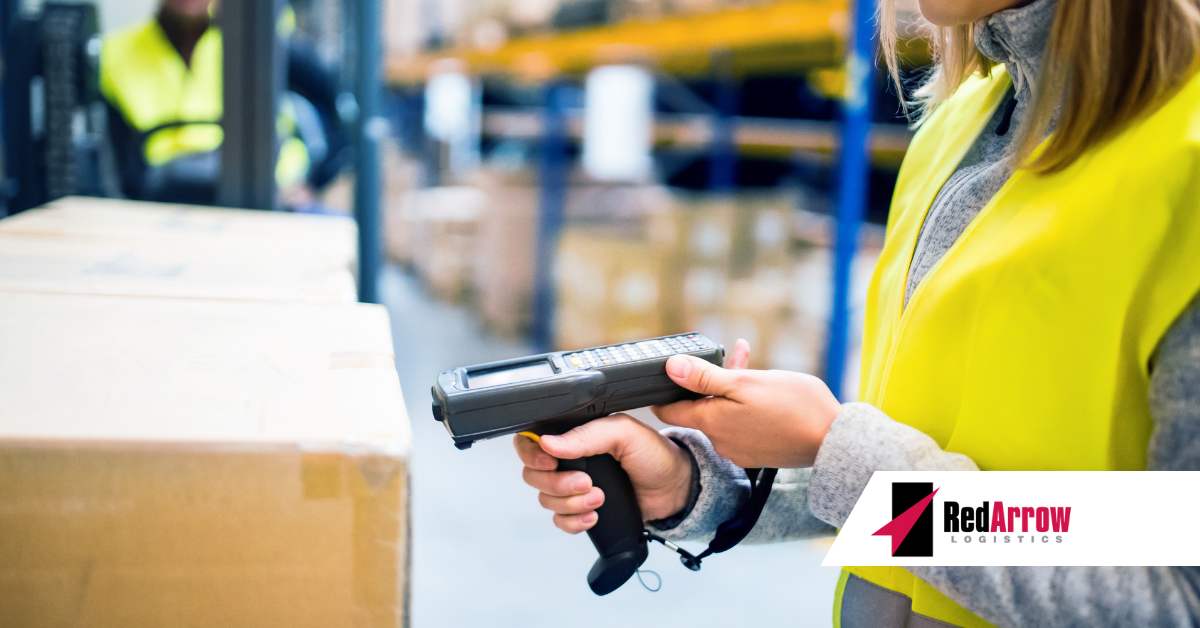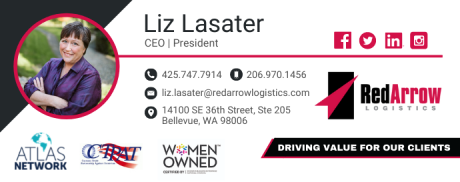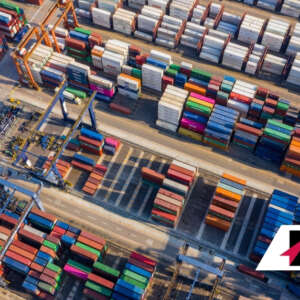For retailers, the holiday season is just as much about the initial purchase as it is about the returns. According to the National Retail Federation (NRF), $428 billion in merchandise was returned in 2020, which was about 10.6% of the total U.S. retail sales. E-commerce sales have a rate of return that is around 30% which jumps even higher during the holiday season. This creates challenges for retailers since a large number of products are pushed back into the supply chain, otherwise known as reverse logistics.
The Cost of Returns
With the 2021 holiday season looking like it just might top last year, and regular e-commerce demand being at a peak, retailers will be handling a lot of returns and their supply chains will be tested. E-commerce returns affect the distribution networks while adding a cost for retailers. For the average return, reverse logistics costs about 59% of the original sales price of the item when customer care, processing, transportation, and liquidation loss are taken into account. And the high rate of returns is forcing retailers to look for additional Class B space to process them.
In order to offset the high cost of returns, there are several areas that can be improved:
Strong Return Policy
Retailers need a solid return policy both internally and externally, particularly during the holiday season. A return policy that is detailed and fair to customers is important for attracting and retaining customers. In addition, the returns process needs to be easy for customers. Retailers without a physical location have partnered with brick-and-mortar retailers to allow customers to make returns. For example, Amazon offers free returns for its Prime members at many Kohl’s stores. While this makes the return easy for the customer, it will also help lower the transportation costs of returns.
Internal improvements can also help to optimize the process. A clear flow for returned goods can help avoid inefficiency and lost profits because of procedures that are unclear.
Streamline Processes
If your business handles returns in-house, it is beneficial to streamline processes to maximize efficiencies and cut costs. A productivity analysis of the returns process can show where any weaknesses lie and help your business make the most of its resources. Every step of the process should be evaluated at its current state. The data can then be used to set improvement goals.
Use Technology
Technology investments can ease the returns process with the use of data. A warehouse management system (WMS) points out how to organize the warehouse layout optimally, including reverse logistics. A WMS gives insight as to what items were returned, why they were returned, and if they can be resold, which can be used to evaluate your best options for returned inventory.
Measuring for Improvement
The only way to improve on the current returns process is to measure and identify areas to improve. Evaluating the current state of the process and collaborating with fulfillment to develop an improved strategy will optimize the returns process. KPI’s (Key Performance Indicators) should be set off the data collected from the current process and then measured within six months. The end result will be a decrease in profit loss from returns as well as increased customer satisfaction.
Engage With Customers
The return process is a chance to further involve customers with your brand. Mark Mathews, the vice president of research development and industry analysis at NRF says that “Retailers view the return process as an opportunity to further engage with customers, as it provides additional points of contact for retailers to enhance the overall consumer experience.”
A positive returns experience is critical for retaining a customer base. A survey by Optoro found that 42% of customers decided to cease shopping with a retailer with which they had a negative returns experience. By giving customers options in their returns (in-store, online, at another retailer), their returns experience is positive.
Effective supply chain management can ease the stress associated with holiday returns. With the proper analysis and proper strategy, reverse logistics can be a unique opportunity to improve your operations.
Your Trusted Partner
At Red Arrow Logistics, we provide expertise and white glove customer service with fast-growing, complex, and high-value supply chains. As the next-generation model of logistics companies, we offer tailored transportation and logistics solutions — from single shipments to complex over-dimensional and international orders.
Red Arrow offers the scale and scope of services including air, ocean, and ground transportation to meet the budget and schedule requirements of the largest and smallest companies alike. If we can be of assistance, please email us at info@redarrowlogistics.com or give us a call at 425-747-7914.





